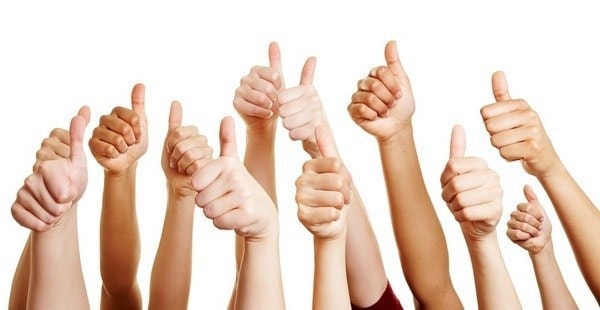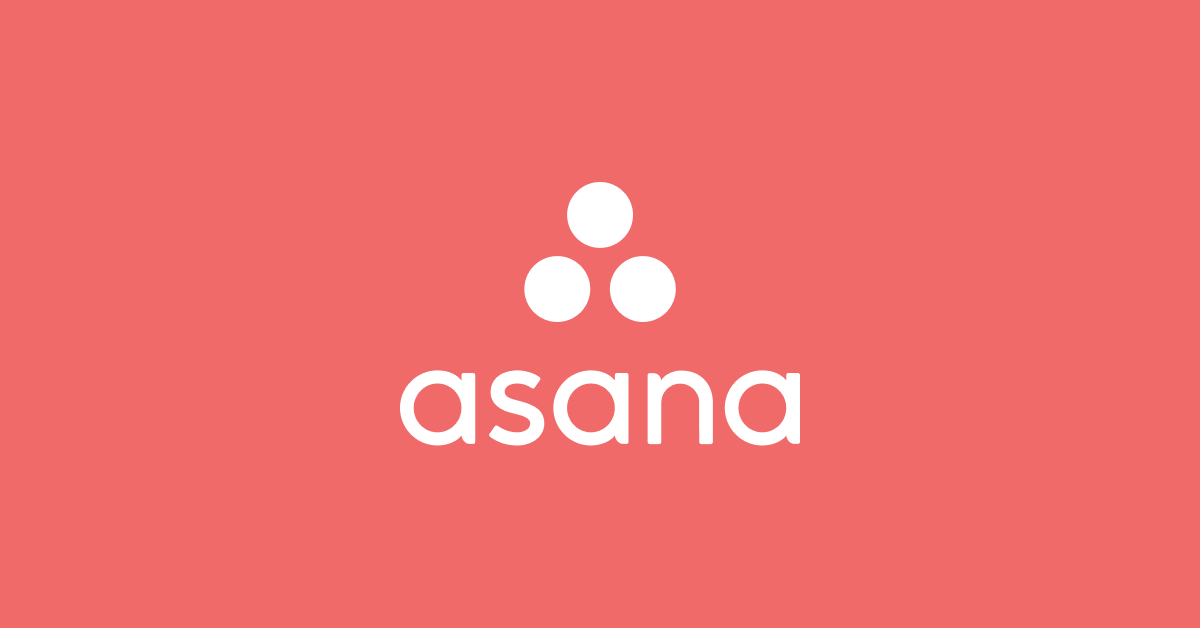Analyzing Business Markets and Business Buying Behaviour
Analyzing Business Markets and Business Buying Behaviour
A market consists of two parts consumer market and business market. Companies manufacture products for consumer market but business market is equally large and strong. Typical business markets consist of manufacturing plants, machinery, industrial equipments, etc. Companies need to study and analyze factors affecting business markets and business buying behaviour.
In a business market, organizations buy goods and services for production of goods and services. In terms of overall value business market is bigger than the consumer market. There are many characteristic which set business market apart from consumer markets. Business buyer base is smaller in comparison to consumer market. Consumer-supplier relationship is much stronger in a business market owing to few players in the field. Customer and supplier are very dependent on each for survival. For example, if car companies falter then tyre companies will suffer. So companies not only have to monitor business market but also pay attention to end consumer market. Buying for the business is a responsibility of purchase department which adheres to company rules and regulations. The buying decision is influenced by many players ranging from technical experts to the finance department. This means that sales people have to do multiple visits and present information to different departments. In business market there is no distribution channel, thereby reducing overhead cost.
From the above discussion it is clear that the business market functions differently from consumer markets. Buying decision especially is more complex owing to many players. If buying decision is a re-purchase than purchasing department would place the order with an old supplier. Companies keep a list of approved vendors from which they choose as per purchase requirement. If buying decision is a modification from previous order in terms of specifications, amount, price, etc. than companies’ looks to have a discussion with suppliers. Purchase department may look to other suppliers for a modification order. If the buying decision is a new product or service than a lengthy process is followed with discussion and meeting between representatives from various departments.
Business buying behaviour is influenced by economical, company, individual and interpersonal factors. Economical factors like regulatory changes, technology changes, competition, fiscal policy and monetary policy influence buying behaviour. Business buyers are active in tracking and analyzing economical factors. Company level factors also play a major role is deciding buying behaviour. Sales people have to pay importance in understanding how purchase department is organized and players in the department. More professional are joining purchasing department making buying decision scientifically driven to align with larger organizational goals. As inventory management is crucial, companies’ prefer long term relation with suppliers. Many individuals from different departments are part of buying decision and it is important for sales people to understand personality traits of as many participants as possible. Geographical factor also influences buying behaviour as culture varies from country to country. Sales people should be acquainted with different cultures.
Actual buying process can be understood from products’ perspective. If the product has less perceived value and cost than business buyer ask for the lowest prices and offer high volume order. Suppliers in turn offer standardize products at low prices. If the product has a high value and low cost business buyer look for additional service or attributes with low price. If the product has high value and cost than the business buyer look for branded product with an established reputation. Price is not a constraint for high value products. To which suppliers put forward strategic long term alliance to accommodate technology changes.
Buying process consists of following steps - purchase needs, requirement description, product specification, floating intent of purchase, selecting a supplier; confirm delivery modules and timely review of purchase.
Government and institutional buying differ from industrial buying because here products and services providers are offered for free or fee to a large audience. Such a buying process requires a great deal of paperwork and transparent bidding system.
It is clear from observing the above points that in business buying and consumer buying. Business suppliers have to adapt to changes and employ a different marketing strategy.








